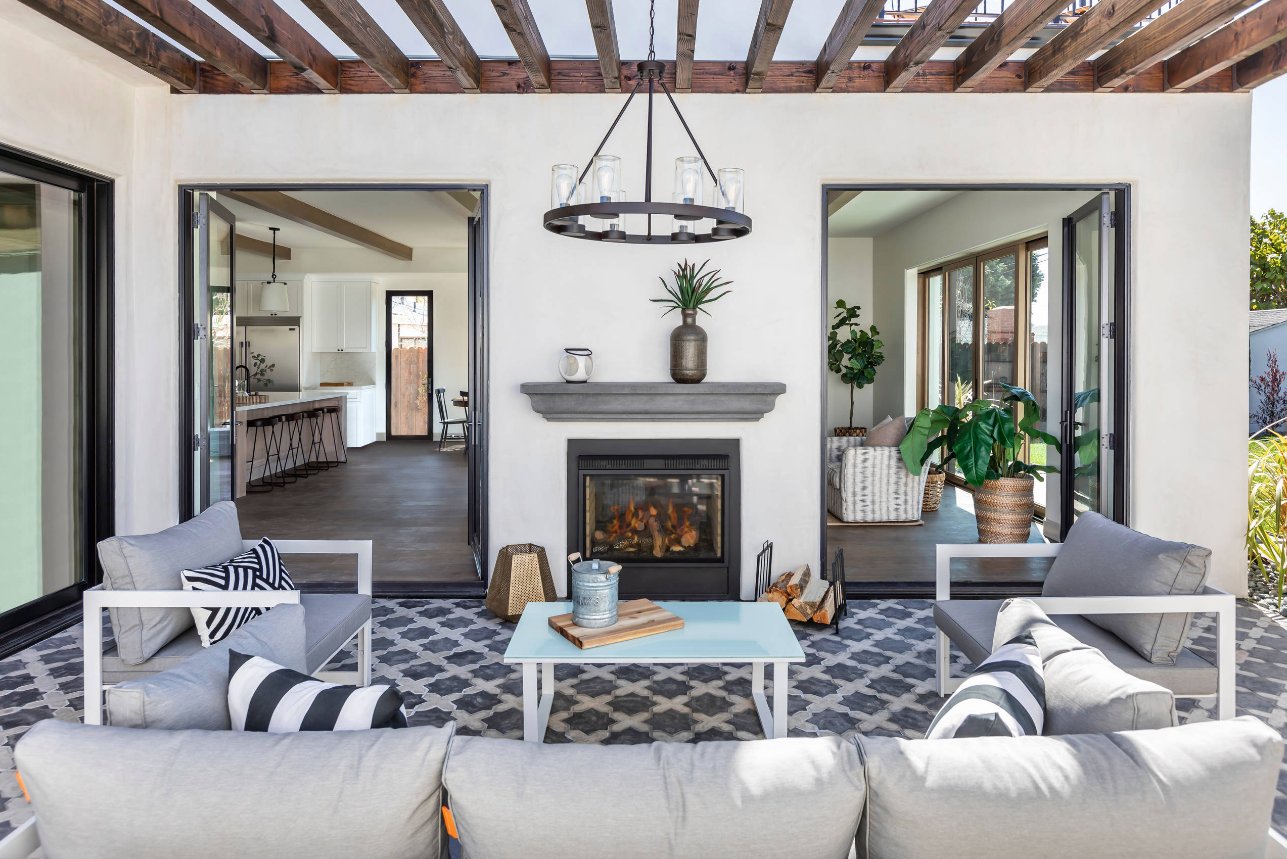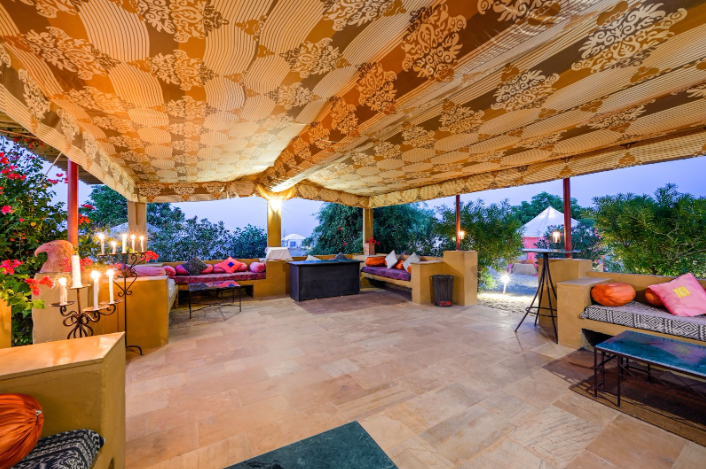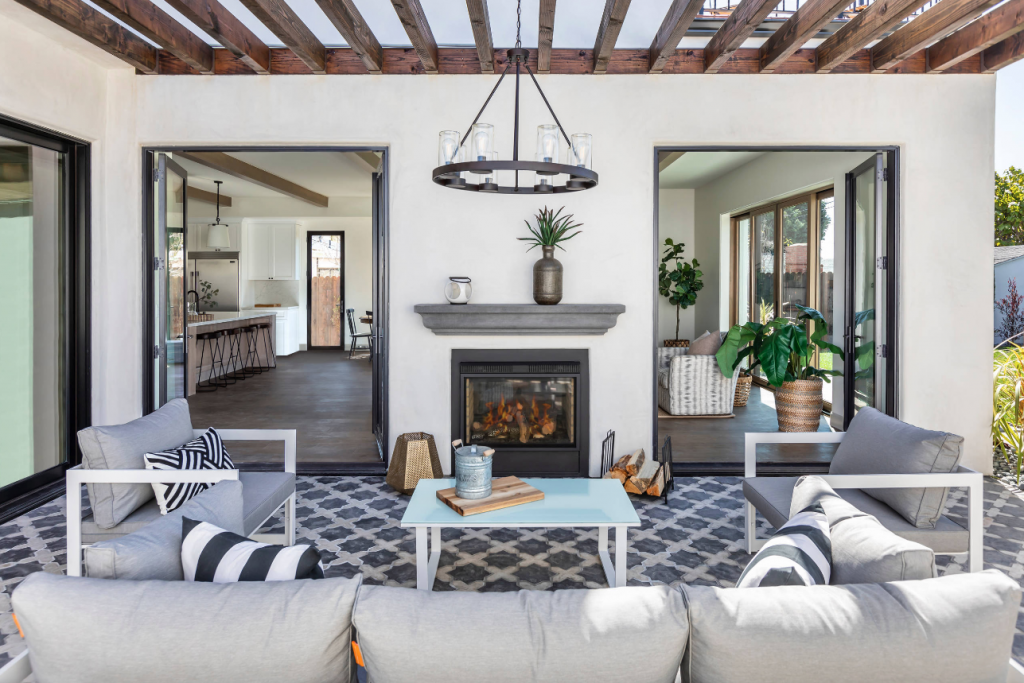Why Your Outdoor Entertaining Space Never Feels Inviting — And How to Change It Fast

An outdoor entertaining area has the potential to be the most enjoyable part of your home — a place to relax, share meals, or host friends without the chaos of being indoors!
But sometimes, even when you’ve decorated it, cleaned it, and arranged everything just right, the space still feels a little flat. A little empty. A little… uninviting. And it’s frustrating, because it’s hard to figure out exactly what’s off. Often, the issue isn’t the furniture or the styling. It’s the foundation of the space itself. Even well-designed outdoor areas can feel disjointed if the flooring or surfaces aren’t working together, which is why materials like GatherCo Limestone Paving and Flooring can make such a big difference in creating a warm, cohesive base.
If your outdoor space never feels as welcoming as you want it to be, here are some of the subtle but fixable reasons why.
1. The Space Lacks a Clear Focal Point
Indoor rooms usually have a natural anchor — a TV, a fireplace, or a feature wall. Outdoors, that anchor isn’t always obvious. Without a visual focal point, guests don’t know where to gather or where the “centre” of the space is.
Easy ways to introduce a focal point:
- A firepit or fire bowl
- A dining table with a statement centrepiece
- A feature planter or oversized pot
- A strategic piece of outdoor artwork
Once your space has something that naturally draws attention, the entire area feels more grounded.
2. The Furniture Layout Isn’t Built for Conversation
Many outdoor areas are arranged around walls or fences, leaving chairs facing away from each other. This creates dead space in the middle and makes socialising feel awkward.
A more inviting layout:
- Pull seating closer together
- Arrange chairs in a semi-circle
- Add a low table to encourage people to linger
- Use an outdoor rug to define a “conversation zone”
The goal is to make the space feel like an intentional gathering point, not just a scattered collection of chairs.
3. Lighting That’s Too Bright or Too Dim
Perfect lighting is one of the biggest factors in whether a space feels warm or uncomfortable. Harsh overhead lights make outdoor areas feel like shopfronts, while dim lighting leaves people feeling unsure of their surroundings.
Try layering light sources:
- String lights for soft ambience
- Lanterns or LED candles for warmth
- A single wall light for practical brightness
- Solar stake lights to guide pathways
Balanced lighting makes the space feel cosy without sacrificing visibility.
4. Surfaces and Materials That Feel “Cold” or Unfinished
Outdoor areas often fall flat because the foundational materials feel too rough, too glossy, too patchy, or simply mismatched. If the ground surface competes with the furniture or clashes with the décor, the entire area feels disorganised — even when everything else is styled beautifully.
Think of your flooring as the “frame” of your outdoor entertaining space. When it complements the rest of the area, the space instantly feels more cohesive and intentional.
5. Too Much Empty Space With No Defined Purpose
Large patios or yards can look impressive, but when there’s no structure or layout, they can also feel empty and uninviting. Open space is great, but unplanned open space can make guests feel unsure about where to sit or stand.
Define small zones:
- A lounging corner
- A dining nook
- A cooking or grill zone
- A plant or décor feature area
Breaking up the space makes it feel fuller, more organised, and more welcoming.
6. A Lack of Softness and Warmth
Outdoor areas naturally have lots of hard surfaces — brick, stone, metal, and wood. Without softer elements, the space feels stark rather than inviting.
Add warmth through:
- Outdoor cushions
- Throws
- Upholstered seating
- A soft outdoor rug
- Greenery and potted plants
Softness adds comfort and makes people want to sit down and stay awhile.
7. Decor That Doesn’t Reflect Your Indoor Style
If your outdoor style doesn’t connect with your indoor style, the transition can feel jarring. A home with warm, earthy tones inside but cool, industrial tones outside can make the outdoor area feel disconnected.
An easy approach:
Borrow your colour palette from your main living area. Even a few matching elements — cushions, pots, tabletops — can tie the two spaces together.
Make Your Outdoor Space Instantly More Welcoming
Creating an inviting outdoor entertaining area isn’t about buying more things or doing a full makeover. It’s about noticing the subtle details that influence how people feel when they step outside: lighting, layout, textures, warmth, and the foundational materials that tie it all together.
Small changes — rearranging seating, adding strategic lighting, softening hard surfaces, or choosing cohesive flooring — transform a space faster than you’d expect. When these elements work together, your outdoor area becomes more than just a backyard. It becomes a place people genuinely want to spend time in.









